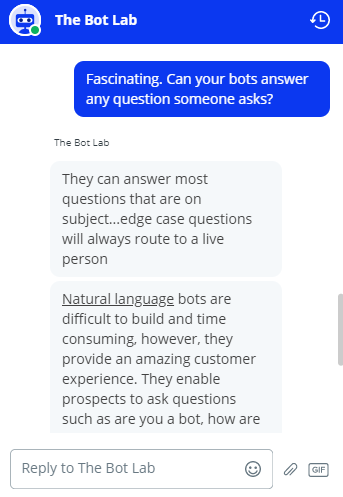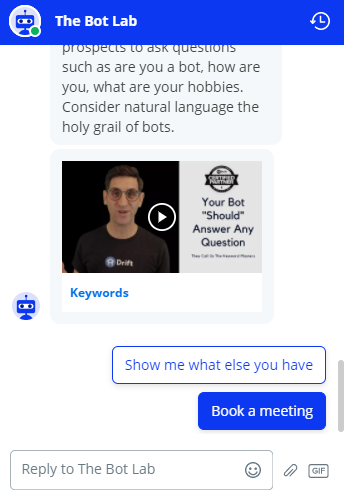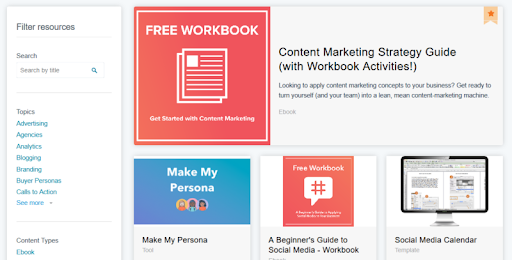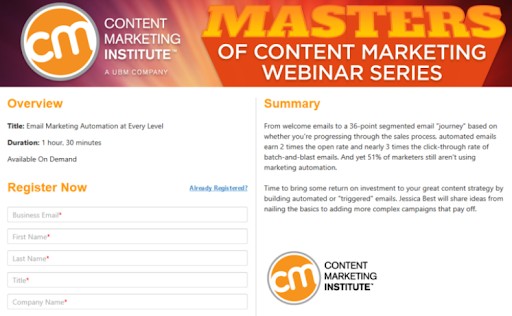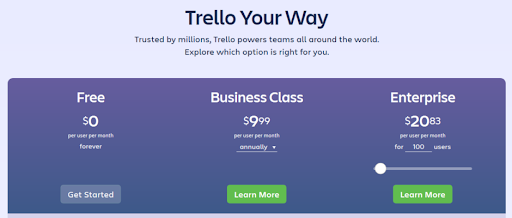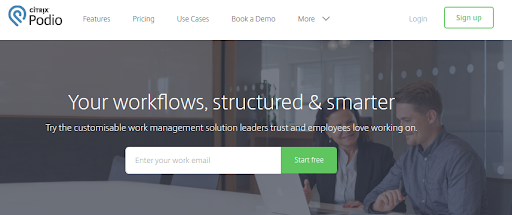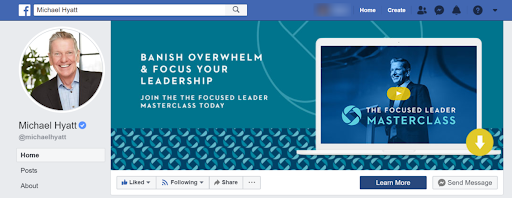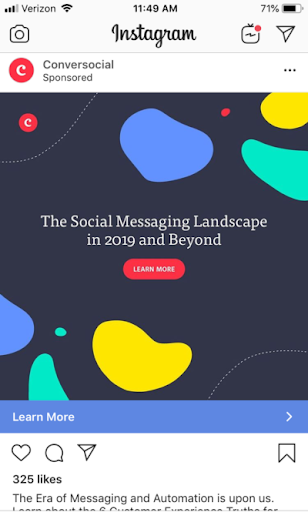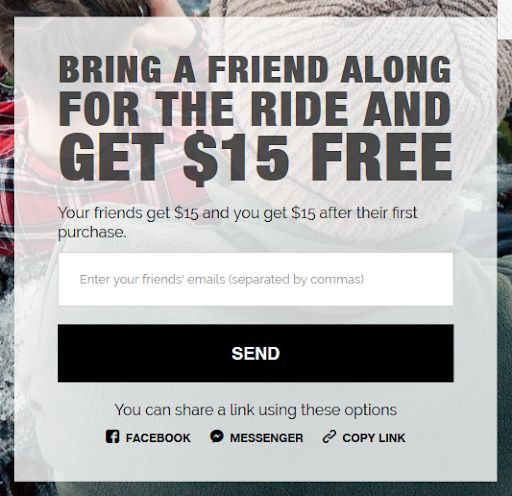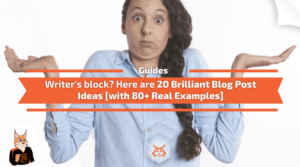Lead generation is incredibly important for marketers and the businesses they want to grow. Increasing leads means increasing brand awareness and interest in your products or services, nurturing curious prospects through the marketing funnel and into your sales pipeline. If done well, lead generation strategies create strong relationships with qualified customers who have invested in your business for a long time.
At one time or another, you’ve probably asked yourself, “How can we increase lead generation?” This post breaks down highly effective lead-generation strategies so you can optimize your efforts to attract and convert qualified prospects. You’ll also get 12 reliable lead-generation examples to help guide you.
What Is a Lead Generation Strategy?
A lead generation strategy includes tactics that attract interested prospects and convert them into leads. A lead is a potential customer who has shown interest in your brand by taking some action. They have shared their contact details or implied they might want to do business with you.
Both B2C and B2B lead generation strategies include four components.
- Lead capture: A way to collect information from a lead. Information may include the lead’s name, contact information, and qualifying details about them or their organization (e.g., business name, position, number of employees).
- Lead magnets: An incentive that drives prospects to become new leads.
- Lead qualification: A process that uses the lead’s information to determine how likely they are to buy.
- Lead segmentation: The process of segmenting leads based on their information, habits, and activities (e.g., job title, a lead magnet that attracted them, pages they visited on your website).
Consider using our 12 reliable lead generation strategies below to fulfill each component. We’ve also included a real-life lead generation example for each tactic to illustrate what they might look like in practice.
1. Leverage Chatbot Conversations
As a busy marketer, you won’t always have the time and effort to dedicate to lead generation — so why not get some help?
Chatbots can be a great lead-generation tool. The technology is excellent for building rapport with prospects since chatbots are available 24/7. Set them up to match your brand personality, as they are automated marketing and sales team extensions.
Example: Want to see an effective lead-generation chatbot in action? Check out the bot created by The Bot Lab.
The user begins by interacting with The Bot Lab chatbot to get more information about what chatbots do. Only after the chatbot has provided the user value (via information) do they ask to set up a meeting to talk further.
Once The Bot Lab chatbot completes its assignment, it switches to a Bot Lab employee.
2. Create Gated Content
Gated content is online material only accessible to users once they fill out a form. Unlike normal blog posts or landing pages, the content is “locked.” Audiences must complete a lead capture form to access the content. This lead generation strategy is effective because it gives the audience something of value for free while attracting high-quality leads interested in topics related to your brand or offerings. Gated content assets often include:
- White papers
- E-books
- Guides
- Reports
- Courses
- Worksheets
- Online tools
Example: HubSpot, a content marketing software suite, has a dedicated resource section on its website. It includes dozens of gated content assets that users can access once they fill out a lead capture form.
3. Create a Value-Packed Newsletter
Another way to use the content as a lead magnet is by creating a must-read newsletter encouraging interested prospects to connect and stay in touch with your brand. This lets you stay top of mind with customers as well as share promotions for your products and services that can drive prospects further down the purchase funnel.
Content for your newsletter might include:
- New blog posts
- Updates about your products or services
- Special offers
- Upcoming events
- Recommended reading from other thought leaders
Example: Business coach and influencer Marie Forleo generates leads through her “MF Insider” email list. Prospects are quick to join because of the newsletter’s perceived exclusivity and value.
Architen Landrell is at the forefront of tensile architecture innovation. They specialize in structural membrane design to create landmark tensile fabric structures and iconic features with more than six thousand successful installations worldwide.
On their website, you can signup for the Architen newsletter to receive guides, news, and tips about tensile fabric structures. It’s a live example that you can create and grow a newsletter in almost any industry.
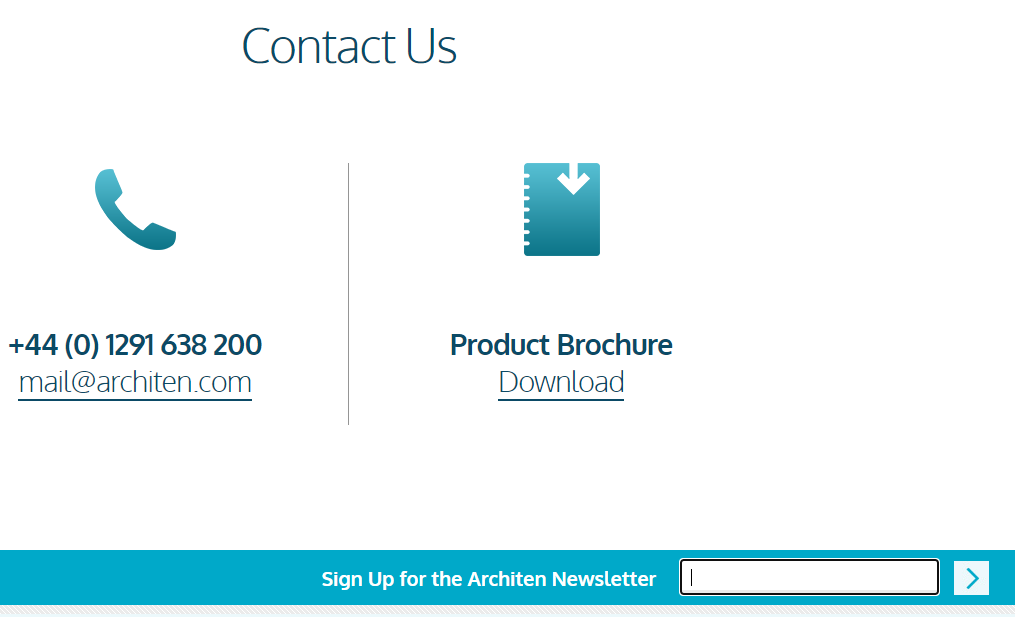
4. Host an Event
Lead generation strategies can occur both online and offline. Host an in-person or online event to attract and serve your target market while capturing their contact information via event registration. Additionally, utilize live events as opportunities to connect with customers in real-time, allowing you to answer questions, address objections, gain insight into your audience, and actively guide prospects through the sales funnel. A few event options to consider are:
- Webinar
- Workshop
- Seminar
- Meetup
- Conference
Example: Content Marketing Institute regularly hosts both live and pre-recorded content marketing webinars to generate leads from their ideal prospects.
5. Offer a Coupon or Discount
Convert prospects interested in your products and services by offering a coupon or discount as your lead magnet. This attracts valuable long-term and short-term leads. In the long term, you’ve attracted someone interested in buying from your brand. In the short term, you can quickly convert bottom-of-funnel prospects ready to buy into customers.
Example: Retailer Bed Bath & Beyond encourages website visitors to fill out their lead capture form by offering 20% off to first-time subscribers.
6. Provide a Freemium Product or Free Trial
Capture leads from interested and qualified prospects by offering a free trial or freemium product. Free trials and freemium products attract qualified, interested prospects not ready to buy. Once free trial users sign up, you can convert them into paying customers later by teasing paid features and delivering drip email campaigns promoting upgraded accounts’ benefits.
Example: Trello, a project management software, offers a free version of its tool (with stripped-down features) to generate leads and drive free users toward paid plans.
7. Optimize Your Website to Promote Your Lead Magnet
To generate more leads, ensure website visitors can easily find your lead magnet. Design on-site funnels that segment your audience and drive them toward the lead magnet most likely to resonate with their needs and interests. Accomplish this by promoting lead magnets around your site.
- Highlight it as the primary homepage call to action.
- Promote relevant lead magnets at the end of blog posts and pages.
- Use a lead generation pop-up.
- Create a resource library filled with gated content.
- Add a lead gen hello bar (that sits at the top or bottom of your site).
- Promote your lead magnet in the sidebar.
Example: Podio, a project management tool, doesn’t waste time trying to guide website visitors to their lead magnet. They immediately drive users into their free trial using the primary hero section of their homepage.
8. Optimize Your Social Profiles to Promote Your Lead Magnet
When you have a valuable lead magnet, ensure your social followers know about it. Highlight it on social networks so that when users engage with you, they see your offer and the next step toward working with you. Promote your lead magnet in hero images on profile pages. Also, leverage call-to-action buttons by adding links to your lead magnet instead of driving users to your homepage.
Example: Leadership coach and author Michael Hyatt uses his Facebook page for lead generation marketing. His cover image promotes his lead magnet and drives page visitors directly toward his free offer.
9. Pay to Promote Your Business on Social Media
Utilize paid social ads as a key lead-generation strategy. Leverage Facebook’s and Instagram’s powerful targeting options to show ads to those most likely interested in your products or services. You can target people on macro levels (demographic segmentation) or micro levels (behavior and psychographic segmentation), allowing you to connect with a specific audience.
Example: Conversocial, a social media customer care tool, uses paid Instagram ads to drive target prospects to their gated, in-depth social media guides and reports.
10. Target Top-of-Funnel Keywords
To attract interested prospects and drive them toward your lead magnets, create a plan to target the terms they search for. Do keyword research to discover phrases your ideal prospects search for at the top of the purchase funnel. Then, target those keywords in multiple ways.
- Create evergreen content optimized for the target terms.
- Develop an on-site blog strategy around the target keywords.
- Target the terms in pay-per-click marketing.
- Guest blog on sites with a high voice share for the target terms.
Be sure to follow best practices for SEO to boost your chances of showing up on page one. The more visible you are in search, the more interest and traffic you’ll generate from potential leads.
Example: SmartAsset, a personal finance tech company, targeted a top-of-funnel term they knew their target audience was searching for. They created useful, valuable content around the topic, which helped them rank for the term.
11. Retarget People Who Have Engaged With Your Brand
Keep the faith if prospects don’t convert during their first interaction with your brand. Utilize retargeting to reconnect with audiences who have interacted with your brand but haven’t taken the next step.
Retargeting allows you to show ads (through Google display or social ads) to people who engage with your brand’s website or social pages. Because customers may need to see your brand a few times before they convert, retargeting is a strategic way to continue guiding customers down the purchase funnel.
Example: You’ve seen retargeting in action if you’ve visited a website and saw an ad for the same brand a few hours later.
Here’s an example from Shopify on Facebook. Retargeted ads look just like normal ads, but they only target audiences who have already engaged the brand somehow.
12. Create a Referral Rewards System
Create a referral rewards system where your customers bring leads to you in exchange for a benefit or discount. Customers value and trust recommendations from their friends, so encouraging existing customers to share their positive experiences with your brand can be a powerful way to fill your lead funnel.
Example: Sunglasses company Shady Rays gets their current customers to generate leads by asking them to provide an email address of someone they think will like their brand. In exchange, Shady Rays gives the existing customer $15 if the lead makes a purchase.
Create Informed Lead Generation Strategies
Use these 12 lead generation strategies and examples as inspiration for attracting and converting qualified leads. To obtain the data, please inform us about your lead generation plans and explore our competitive intelligence and marketing audit & strategy services.


